.
Houses Made of Stone
Masvingo, southern Africa’s the place;
a backwater, land tired and over-farmed,
where army ants cut underbrush and race
trimmed morsels to their hills. The air becalmed
and hot as Hades. Here a ruin lies
called Great Zimbabwe; houses made of stone
‘Zimbabwe’ means in English; it defies
despoiling Time, abandoned and alone.
Its Great Enclosure stands six metres tall,
of granite bricks, held up by their own weight;
a criss-cross decoration tops the wall,
this relic to a long-deserted state.
The Iron Age in this locale occurred
around the thirteenth century, and its
ten-thousand-strong community was spurred
to rise above the savage bushland blitz.
They traded gold and ivory, these tribes
of Bantus with the rich Swahili Coast,
yet not one antique document describes
their kingdom nor the wealth it used to boast.
A fragment of a Chinese pot, a coin,
Arabian, remained within the ground
that colonisers dug through to purloin
whatever ancient artefacts they found.
A flabby despot, or a warrior king?
Who sat upon this unremembered throne?
Imagination, only, now can bring
to life the myth of Houses Made of Stone.
.
.
Paul A. Freeman is the author of Rumours of Ophir, a crime novel which was taught in Zimbabwean high schools and has been translated into German. In addition to having two novels, a children’s book and an 18,000-word narrative poem (Robin Hood and Friar Tuck: Zombie Killers!) commercially published, Paul is the author of hundreds of published short stories, poems and articles.



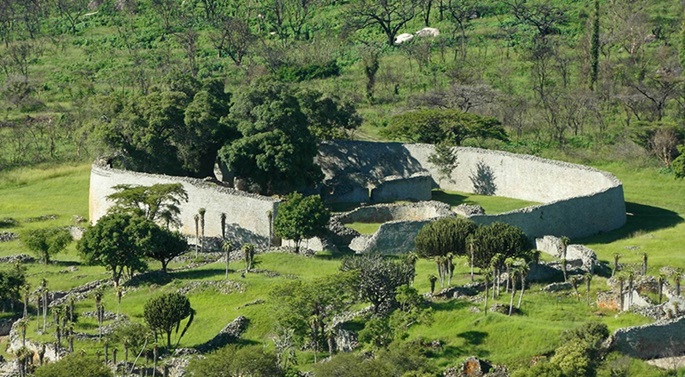
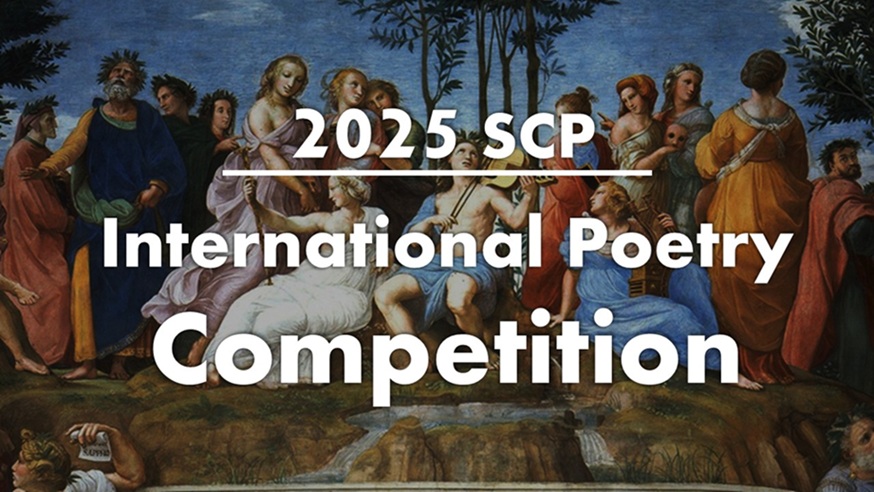

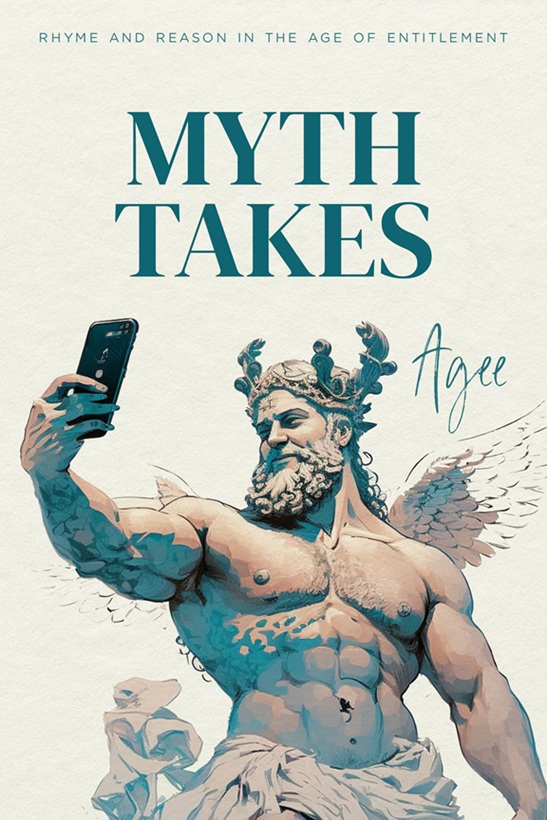
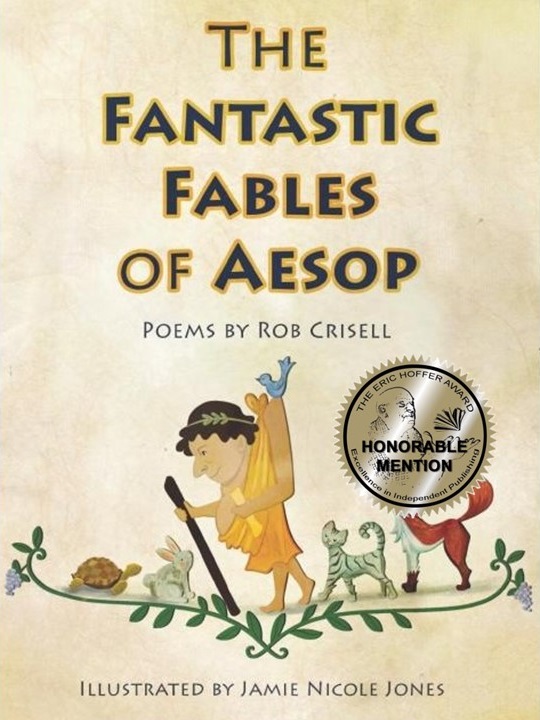


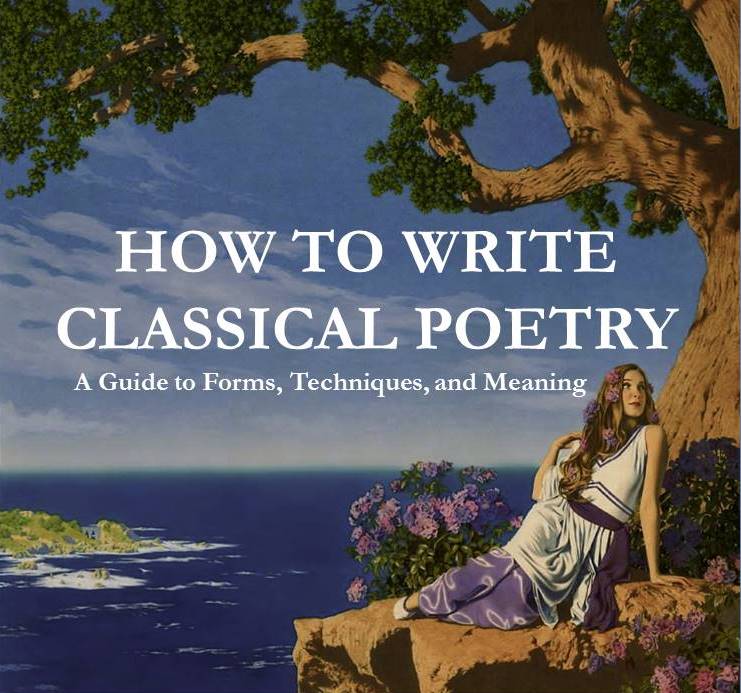




Lost civilizations and cultures are fascinating to contemplate. Your descriptive poem brings this one to life despite the fact so little is known. I almost have the sense you incorporated all there is to reveal about this one. From the picture I am taken with how well the wall was constructed. Thank you for such insights that pique my interest.
You’re welcome, Roy.
The day I visited Great Zimbabwe, myself and the person I was with were the only visitors.
Informative and marvelous.
Thank you, Mary.
Interesting, informative, well written, and something I knew absolutely nothing about. Thank you!
I remember how amazed I was when I found out about the place too, Phil.
Thank you so much for presenting us with this informative piece, Mr. Freeman. Your detailed description prompted me to google Zimbabwe ruins, and I was astonished to find out that it was abandoned in the 15th century. It’s utterly sad that no formal historical account corroborates the wealth they possessed and were purloined of whatever remains they had.
Thanks for reading Shamik. It is indeed strange that such a once thriving civilisation should have left so little behind.
Paul, your poem brings up wondering questions about that long-deserted state. It was capable of building a large enclosure of solid blocks of stone, with enough engineering savoir faire to keep walls standing for centuries. Yet you imply the people were not literate, and thus we would have to call them pre-historic. They were able to decorate the top of very high walls, yet seem to have produced no other art still existent at this site. Iron Age means they used iron tools; do we know they had gold and ivory because of records from coastal regions they traded with? Ten thousand population is about the same as the small town where I was born. That can probably be calculated from long-term field use and the likely amount of food produced. You say the land is tired now; that could account for disappearance of population. But then plague or war or drought are possible explanations. Realistic mystery!
The people of Great Zimbabwe did trade gold and ivory with East African traders and some tantalising coins and pottery, Margaret. They also carved soapstone bird statues which are on the flag. Alas, little else is known.
I very much enjoyed this evocative piece, Paul, about a mysterious civilization which has disappeared and left only cryptic clues. Thank you for this!
Thanks, Brian. What’s so fascinating about Great Zimbabwe is its uniqueness.
Paul,
I had read of this ancient stone anomaly years ago but forgotten that it was the origin of the country’s current name and its noteworthy yet subtle presence on the national flag.
Your poem is wistful to the point of nostalgia for a time when Africa was in the mix as a notable, yet vanished, seat of some form of cultural sophistication along with being a center of regional/world trade.
A well-told account of your visit to the site and you ruminations on what you saw, learned, and felt about the visit afterwards.
Thanks for reading and commenting, James. It really is a hidden gem.